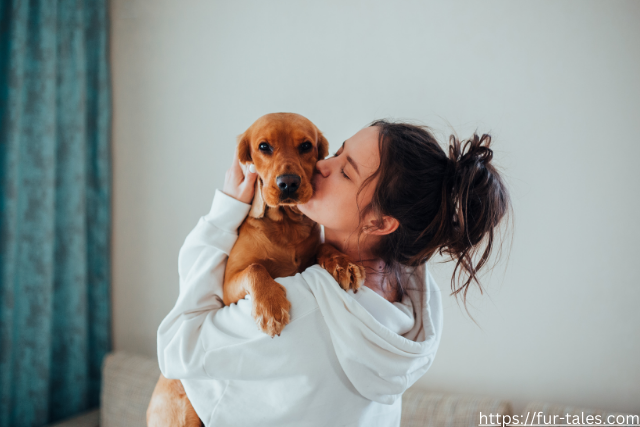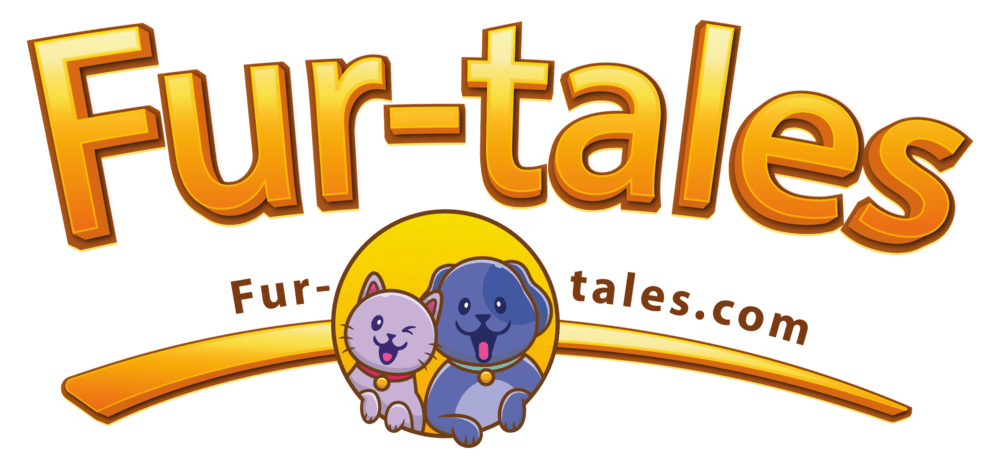
Understanding Your Dog: Human Actions That Bother Them
Dogs are loyal, loving companions, but even the most patient pup has boundaries. As dog lovers, we often express affection in ways that make sense to us—but not all of our human behaviors are comfortable or enjoyable for our canine companions. Understanding what dogs really don’t like can help strengthen your bond and build better communication.
Here are common human actions that dogs dislike—even if they tolerate them.
1. Hugging Them Tightly
While humans see hugs as a sign of affection, most dogs don’t enjoy being squeezed or confined. A tight hug can feel threatening or restrictive to a dog, especially if they can’t escape.
What to do instead:
Pet them gently, offer belly rubs, or let them come to you for affection on their own terms.
2. Staring Directly Into Their Eyes
In the dog world, direct eye contact can be interpreted as a challenge or threat. While some dogs learn to accept it from trusted humans, others may feel uncomfortable or anxious.
What to do instead:
Use soft eye contact or blink slowly—this communicates calmness and trust.
3. Rough or Unexpected Petting
Some dogs dislike being patted on the head or touched suddenly, especially by strangers. Sensitive areas include paws, tails, and ears.
What to do instead:
Pet your dog where they like it most—typically along the chest, shoulders, or base of the neck.
4. Dressing Them Up (If They Don’t Like It)
While dog clothes can be cute and even necessary in cold weather, not all dogs enjoy wearing outfits. Tight, itchy, or unfamiliar clothing can cause stress or limit movement.
What to do instead:
Choose comfortable, lightweight garments only if your dog tolerates them well—and watch their body language for signs of discomfort.
5. Using Strong Scents or Loud Products
Dogs have an incredibly sensitive sense of smell. Strong perfumes, chemical cleaners, or scented candles can be overwhelming. Similarly, loud vacuum cleaners or hairdryers may cause fear or anxiety.
What to do instead:
Use pet-safe, unscented cleaning products, and offer a quiet space for your dog during noisy chores.
6. Teasing or “Fake Throws”
Pretending to throw a ball but not actually doing it might seem funny to us—but dogs can find it confusing and frustrating. It may damage trust over time.
What to do instead:
Engage in honest play. Dogs love fetch and tug-of-war, but they rely on consistency and fairness.
7. Inconsistency in Rules and Training
Dogs thrive on routine and clear boundaries. If you’re strict one day and lenient the next, it can lead to confusion, anxiety, or unwanted behaviors.
What to do instead:
Stick to consistent commands and training cues. Everyone in the household should follow the same rules.
8. Forcing Interactions with Other Dogs or People
Not every dog is a social butterfly. Forcing your dog to meet others—especially in crowded or chaotic settings—can lead to stress or even defensive behavior.
What to do instead:
Let your dog set the pace. Watch their body language and respect their comfort zone.
9. Ignoring Their Body Language
Dogs communicate through posture, ears, tails, and facial expressions. Missing the signs of discomfort can escalate stress or lead to behavioral issues.
What to do instead:
Learn to recognize subtle cues like lip licking, yawning, turning away, or tail tucking. These signs mean your dog needs space.
10. Leaving Them Alone Too Long
Dogs are social animals, and being left alone for extended periods can lead to separation anxiety, boredom, and depression.
What to do instead:
Ensure your dog has mental stimulation and regular human interaction. Consider a dog walker, pet sitter, or puzzle toys during the day.
Image Source: Canva
